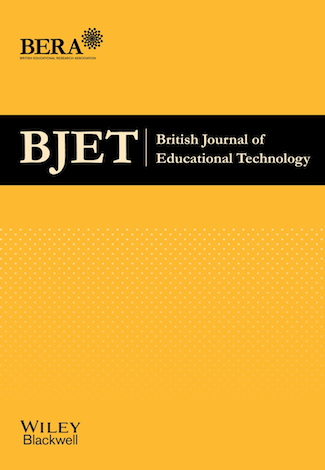
Using self-made drawings to support modelling in science education
ARTICLE
Frank A. J. Leenaars, Wouter R. van Joolingen, Lars Bollen
British Journal of Educational Technology Volume 44, Number 1, ISSN 0007-1013 e-ISSN 0007-1013 Publisher: Wiley
Abstract
The value of modelling in science education is evident, both from scientific practice and from theories of learning. However, students find modelling difficult and need support. This study investigates how self-made drawings could be used to support the modelling process. An experiment with undergraduate students (n = 37) at a predominantly technical university led to three conclusions. 1. Most learners created realistic rather than schematic drawings of real world systems. Furthermore, learners who represented situations realistically identified a greater number of important aspects of these situations than learners who represented them purely schematically. 2. Access to simulations during the construction of these drawings led to increased insight into the effects of variables that can be manipulated. However, participants with access to simulations thought of fewer important variables that were not explicitly available in the simulation than participants without this access. 3. Participants almost never drew multiple objects with a single stroke and generally drew objects sequentially. These patterns in the digital drawing process can simplify automatic sketch segmentation, which can be used to support learners in creating models from drawings.
Citation
Leenaars, F.A.J., van Joolingen, W.R. & Bollen, L. (2013). Using self-made drawings to support modelling in science education. British Journal of Educational Technology, 44(1), 82-94. Wiley. Retrieved August 12, 2024 from https://www.learntechlib.org/p/148316/.
